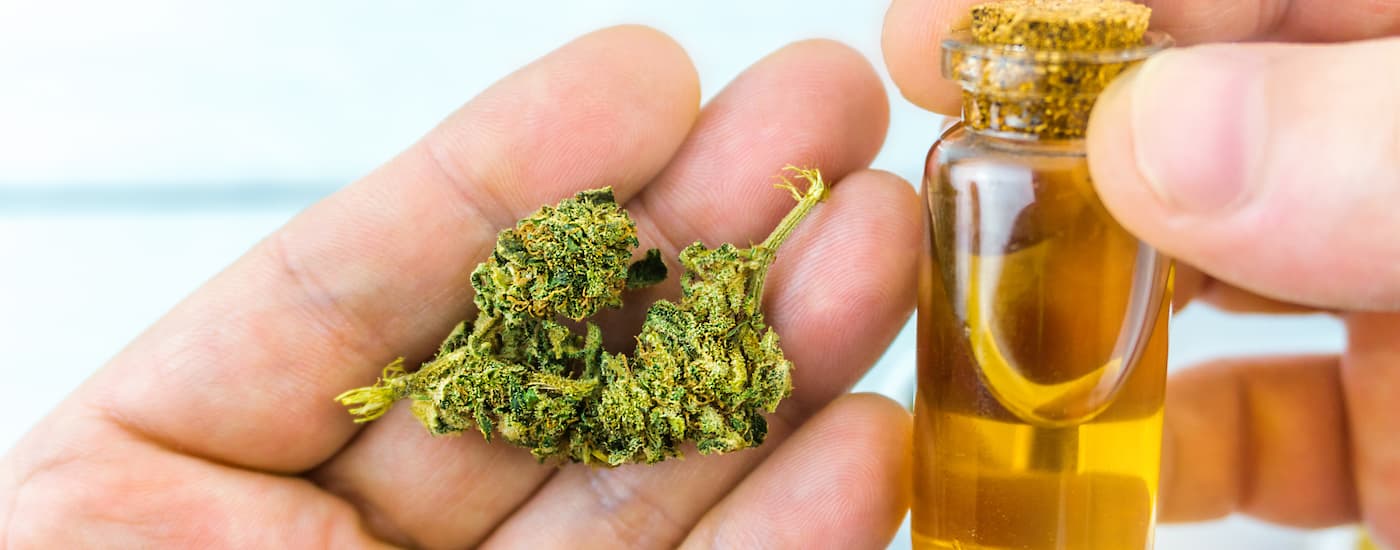Welcome to Cannabis 101: Basic Facts about Cannabis. Before you dive in and start consuming cannabis, you should know the whys and hows of the interactions between your body and the plant. Knowing the basics of plant anatomy, commonly used products, effects, and controlling your reaction are important before experiencing cannabis for the first time, but can be useful for long-time users as well.
Cannabinoids
To talk about cannabis, we first need to address cannabinoids. Within every single person is something called the endocannabinoid system (ECS). The most basic function of the ECS is to help maintain homeostasis in the body. Homeostasis is the concept that our bodies want to maintain specific internal and external conditions such as temperature, blood pressure, blood sugar, etc. In order to maintain homeostasis, cannabinoid receptors sit on the outside of the cell and let the cell know what is the external conditions are, so the cell can react accordingly. While not the only ones, the two most common receptors are CB1 and CB2. These are the receptors that will bind to cannabinoids like THC (tetrahydrocannabinol), which is the compound responsible for getting people high. A cannabinoid is anything that binds to those cannabinoid receptors and includes THC, CBD, CBG, and CBC, among others.
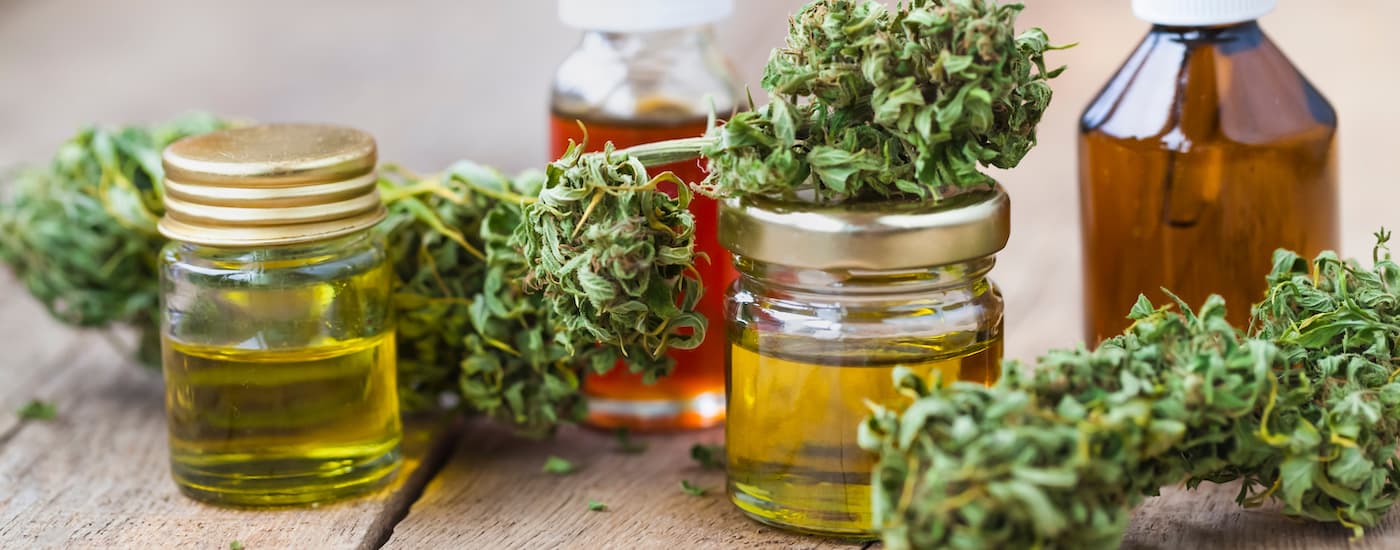
The most common cannabinoids you will hear about are CBD and THC. As stated earlier, THC is the compound responsible for giving people a high. CBD (cannabidiol), on the other hand, is not intoxicating and doesn’t give you that feeling of being high. When you purchase cannabis, you can find products with high THC and low CBD, High CBD and low THC, and products with balanced CBD and THC.
Anatomy
Now that you have a brief explanation of what a cannabinoid is, let’s discuss the important parts of cannabis anatomy. Whatever cannabis product you take home, whether it is in the form of a concentrate or the flower you pack in a bowl, it will come from a female plant.
If you smoke cannabis in a “raw” form, you are going to be smoking the flower. On the flower, you will see red or orange hair-like strands, called pistils, that only serve to catch the pollen from male plants. You will also see small leaves that contain high levels of THC that are called sugar leaves; these are used for edibles. What ends up in concentrated forms of cannabis are the trichomes. You might hear these called “weed crystals” or “crystal resin.” They contain the cannabinoids and terpenes, which are what give cannabis its distinct smell.
As for cannabis strains, there are three major types you are going to see: Indica, Sativa, and Hybrids. There is a common misconception that the strains will cause specific effects, but research has shown that those ideas are inconsistent for many reasons. Everything goes back to the cannabinoids and terpenes in the product you are smoking, what the product is, your body chemistry, your tolerance, and the potency of your product, not the strain specifically.
When you go to purchase cannabis, someone at the dispensary might ask you what strain you are interested in. Instead of telling them a strain, explain the potency you are looking for, what you want out of the experience, and the delivery method you are looking for.
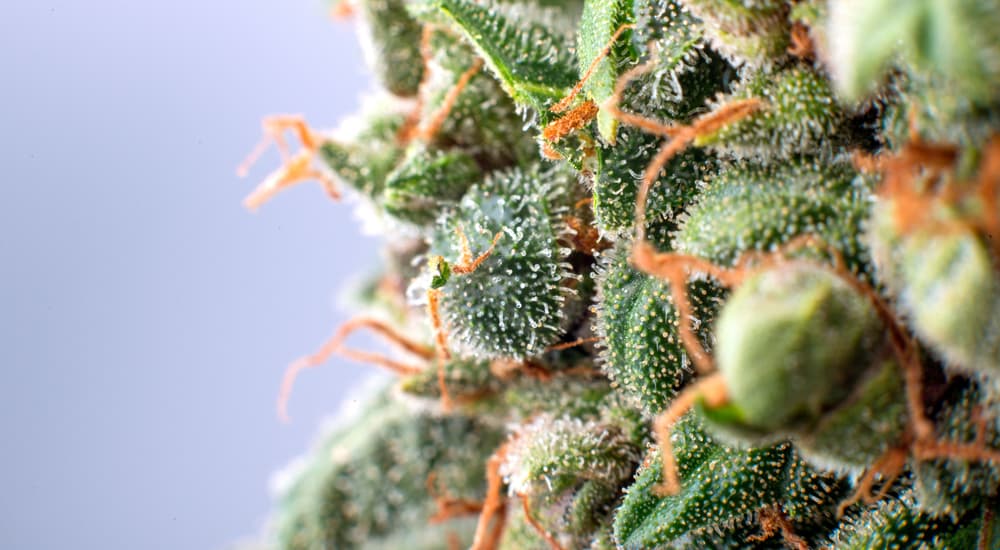
Common Products
When you go to use cannabis products, you will see many different choices in strains and different forms. Just picking one can be very confusing. The products you find will most likely fit into one of the following categories: inhalable, sublingual, consumable, topical, and suppository. There is a lot to chose from, and there is something for every person. If you don’t want to smoke, you can buy cannabis that you can eat, swallow, or drink, or you can buy it for external use.
Inhalable products come in many different forms. You can buy the flower/bud, or you can buy it in the form of a concentrate. With anything you inhale, you are most likely going to be smoking the cannabis with some exceptions like inhalers. An inhaler functions like an inhaler one might use for asthma, except it delivers a dose of cannabis. You can smoke cannabis concentrates in the form of oil, waxes, or dry herb in a vaporizer. You can smoke the flower/bud in a bowl/pipe, bong, joint, or blunt. Other forms of concentrates like shatter can be smoked in a joint with the flower, with a “rig” or smaller bong, or with a nectar collector.
Sublingual products are oils or concentrates that you put under your tongue. When you use a sublingual product, you will need to hold it under your tongue for 15-20 seconds to get full absorption. You can find these in a couple of forms including tinctures, sprays, and slips.
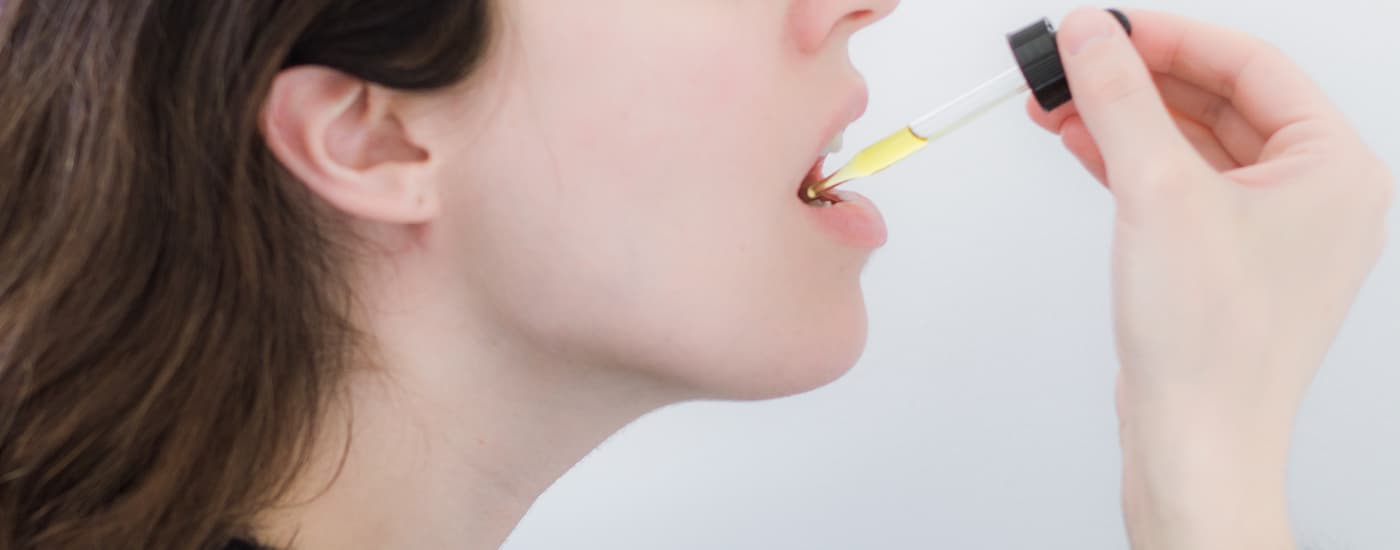
The cannabis you can ingest includes edibles, but also tinctures and capsules. Tinctures can be swallowed as is, or added to your food or coffee. They are alcohol or glycerin-based cannabis solution that comes in a bottle with a dropper. Tinctures are popular because the dose is easily adjusted and repeated, can be swallowed, held under the tongue, or added to food or drinks. Capsules have a specific dose when you take them and look like vitamins. Edibles are anything you eat that are made with cannabis like brownies, cookies, chocolates, and gummies. The difficult part of edibles is — because of how they are made — you will be unlikely to get a set dose in each bite.
Topical products will come in many forms, including creams, sprays, patches, and salves. These products are usually used for medical reasons like arthritis or a pulled muscle. If you apply a topical product to an injury or an aching joint, they can provide local relief.
The final category is going to be suppositories. You will find these available more for medical use. They can provide some relief to a variety of symptoms while not getting the user high. People who use these are looking to treat anything from MS nerve pain to hemorrhoids.
Side Effects and How You Deal With Them
If you are new to cannabis start slow, one method at a time, and build up from there, we suggest you start with a high CBD and low THC product. You won’t “overdose” on cannabis, but you might feel some negative effects.
Some negative short-term symptoms you might feel when you use cannabis high in THC include paranoia, anxiety, poor motor control, dry mouth, dry/red eyes, hunger, drowsiness, and even impaired memory. To prevent some of these symptoms, you can do the following:
- Set yourself up for success and smoke in a safe and comfortable environment.
- Make sure to drink plenty of water and avoid alcohol.
- If you feel anxious, sniff pepper or chew on peppercorns.
- Lay down or sleep it off.
- Play some music, watch a movie, talk to friends, or do anything that will distract you.
- Go for a walk or a run but make sure you stay in a safe area.
- Don’t stress yourself out, stay calm, and relax.
- Try meditating.
- Learn your limits by starting slow and learning what you can tolerate.
- You can even use CBD to lessen the symptoms of the THC. In most cases, the two cannabinoids will work to balance each other out.
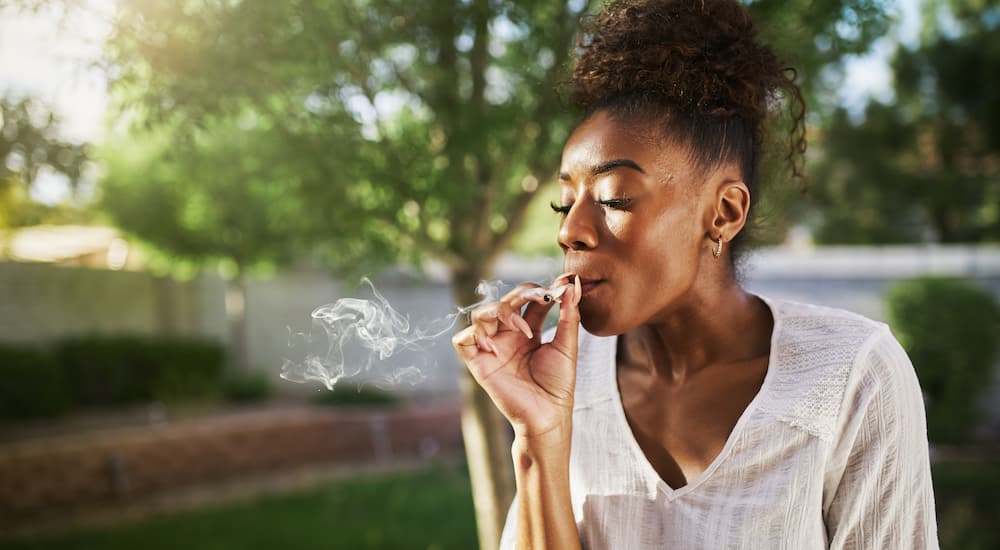
To avoid using too much, keep the duration in mind before you use more. When you smoke or inhale cannabis, it is only going to take five to ten minutes for you to feel anything, but that feeling can last up to three hours. Edible products can take anywhere from thirty minutes to two hours to start working, but they can last four to eight hours. With any sublingual product, it will take fifteen to thirty minutes for you to feel them, and they will last three to six hours. A topical product will also take fifteen to thirty minutes to take effect but lasts only from three to four hours. A suppository also goes to work within fifteen to thirty minutes but can last up to five or six hours.
